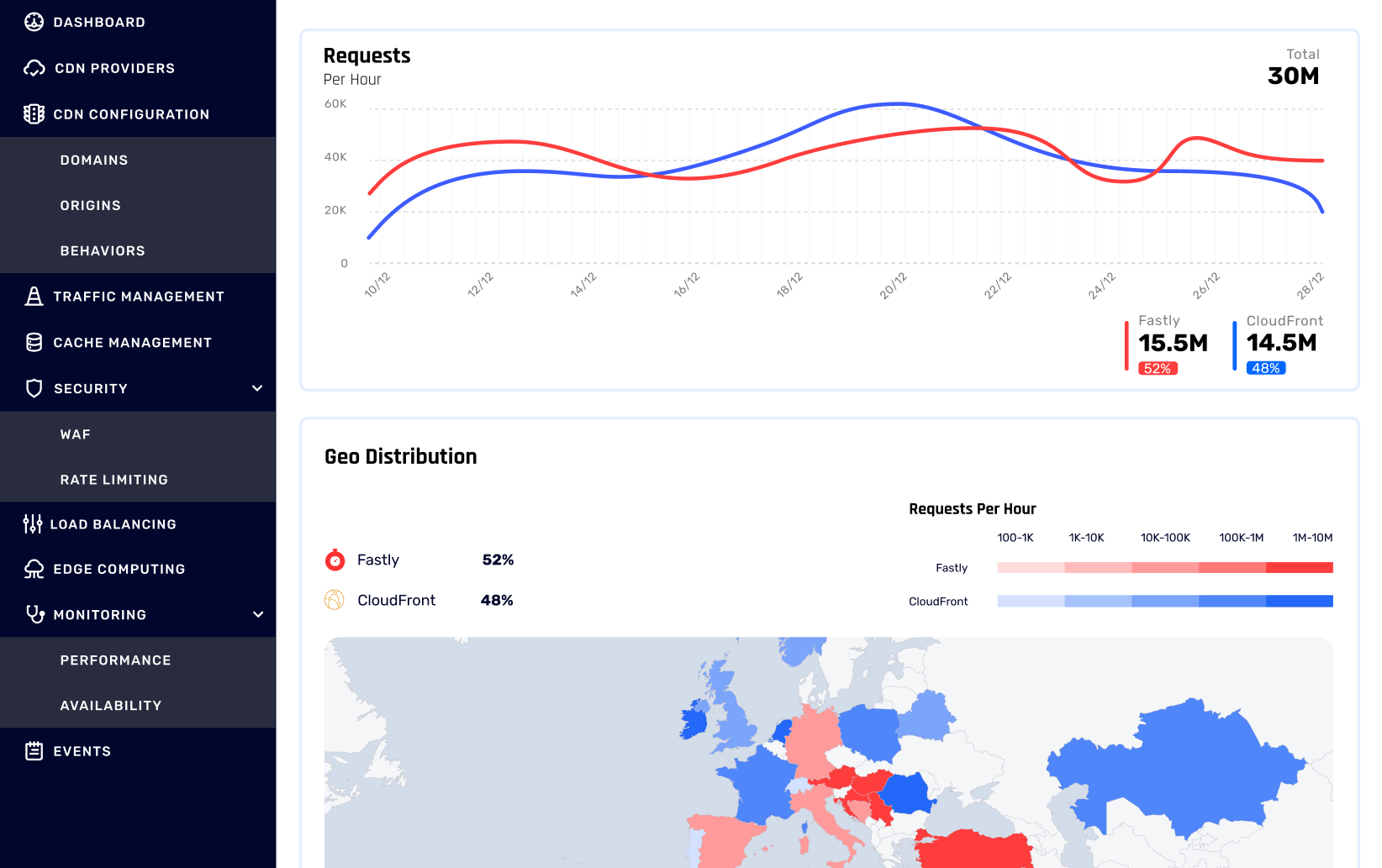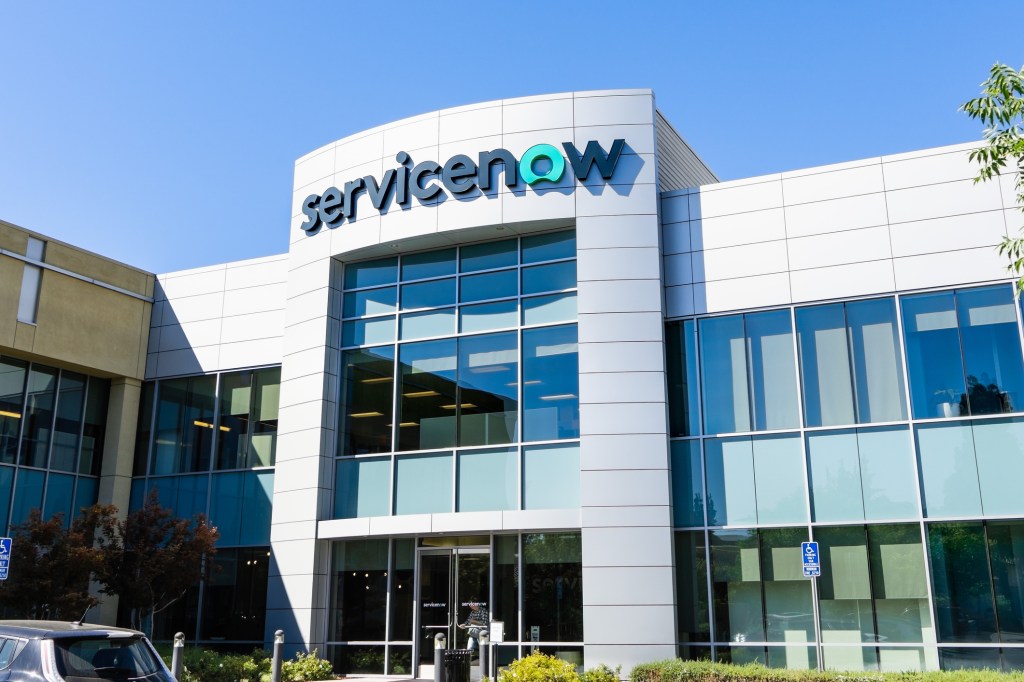
Content delivery networks (CDN) have changed. They used to be platforms for efficiently delivering static files — and little else. These days, however, virtually every CDN service is adding edge compute services, security tools and more on top of their core delivery networks. As a result, it’s become more challenging for users to switch between CDNs and choose the fastest or most cost-efficient option for the locations they serve.
IO River, which is launching out of stealth and announcing a $5.4 million seed funding round led by S Capital, is building a layer on top of CDNs to simplify switching between them without being restricted to the lowest common denominator features.
Maybe it’s no surprise that IO River was launched by two industry veterans. Co-founders Edward Tsinovoi (CEO) and Michael Hakimi (CTO) worked together for over a decade, including at Akamai’s Tel Aviv office, before founding IO River in late 2022 and participating in the Intel Ignite accelerator program.

“Today, many online service companies are locked into a single edge or CDN vendor,” Tsinovoi said. “This dependency has a significant impact on their resiliency, performance and cost efficiency. Top enterprise companies don’t really want to rely on a single edge vendor. Some have already made the transition to a multi-CDN, multi-edge platforms architecture — but the adoption and maintenance of architecture, with multiple edge vendors, is complicated and expensive. Our goal at IO River is to make this feasible for everyone.”
IO River offers the core services one would expect from a multi-CDN platform: splitting traffic between providers to optimize for uptime, performance and cost, and a unified management console. All of this is relatively straightforward and for the basic functionality all CDNs have in common (think redirecting URLs, for example), IO River can tap into their native APIs.
Running application and compute services at the edge is where it gets complicated. CDN services aren’t exactly meant to work together, after all, so there is not a lot of common ground. What IO River does is provide its own application services like a web application firewall, rate limiting and origin load balancing. What’s maybe most important, though, is that it also offers a unified edge computing platform that allows users to run the same code on all these different platforms without modifications.
To get started, users can import their existing CDN provider’s settings and then add new providers on the fly. Because IO River constantly monitors the various networks’ performance, it also provides a deep set of analytics, which in turn allows users to see which network they should use in a given location — or set up automatic rules for switching between networks when issues arise.
The service’s enterprise platform currently supports Akamai, CacheFly, Cloudflare, CloudFront, Edgio, EdgeNext, CDNetworks, Fastly and Gcore. There is also a free version, which is limited to 1 billion hits per month and doesn’t support advanced features like global rate limiting, unified origin load balancing and IO River’s unified edge computing service.
“Internet-based companies live and die by their content delivery,” said Haim Sadger, co-founding partner of S Capital. “They start losing sales if their sites are down for just a few minutes or if their content is slow and unreliable. But equally, with increased financial pressures, data costs are a massive proportion of companies’ outgoings. The classical approach of using a CDN doesn’t solve all these problems. IO River is offering a modern solution that meets the needs of the market, and we’re excited to invest in Edward and Michael’s deep expertise and understanding of how to deliver internet content to the world.”
